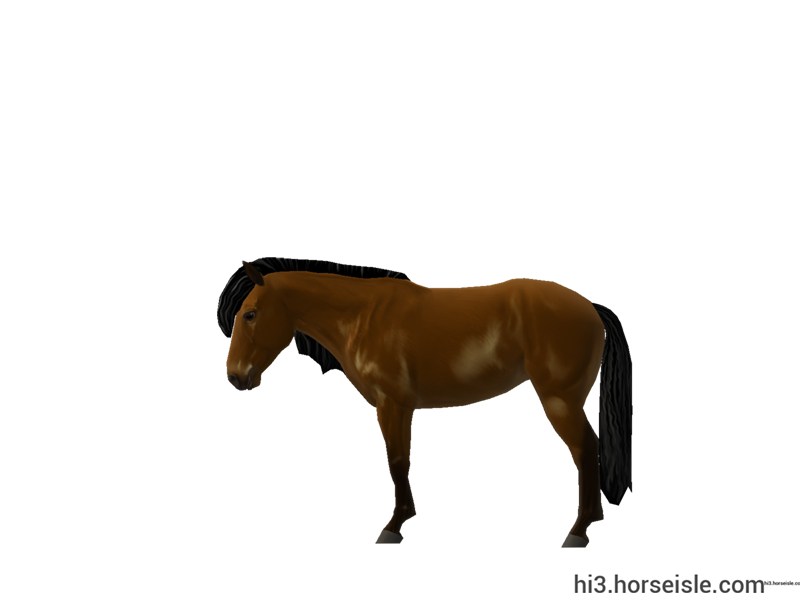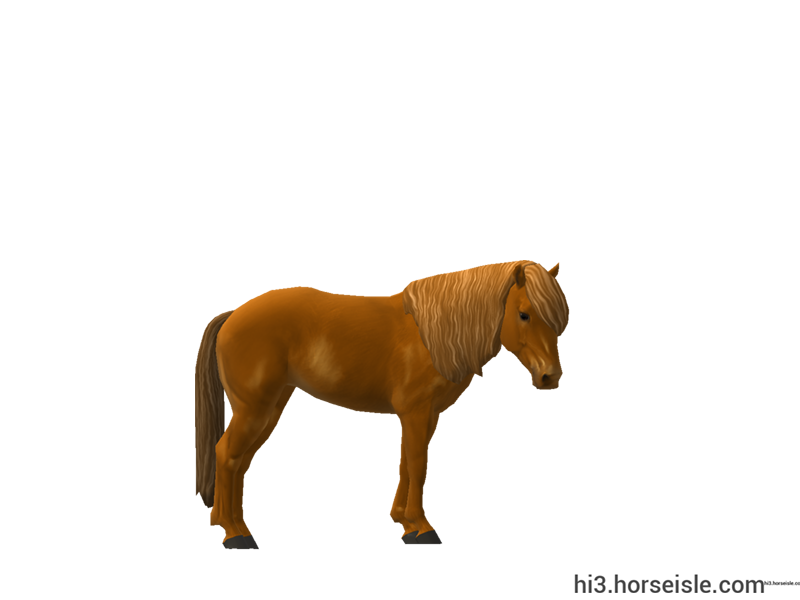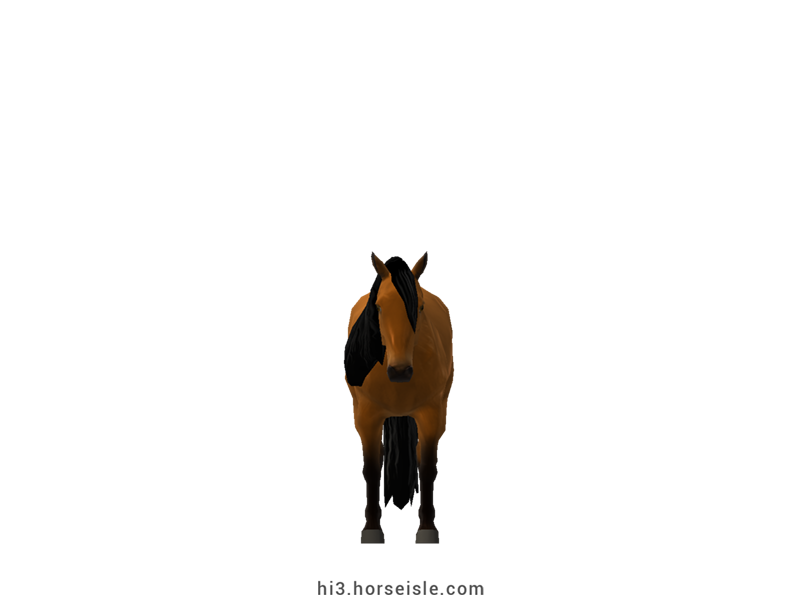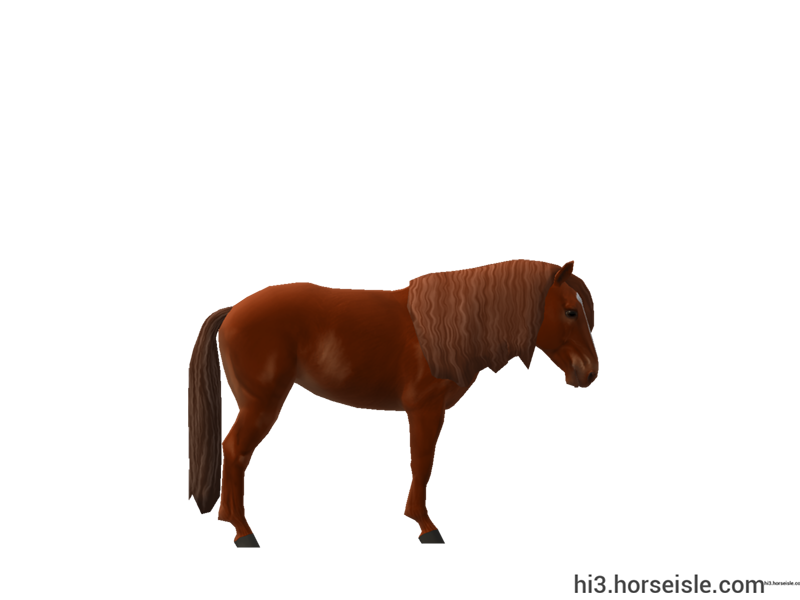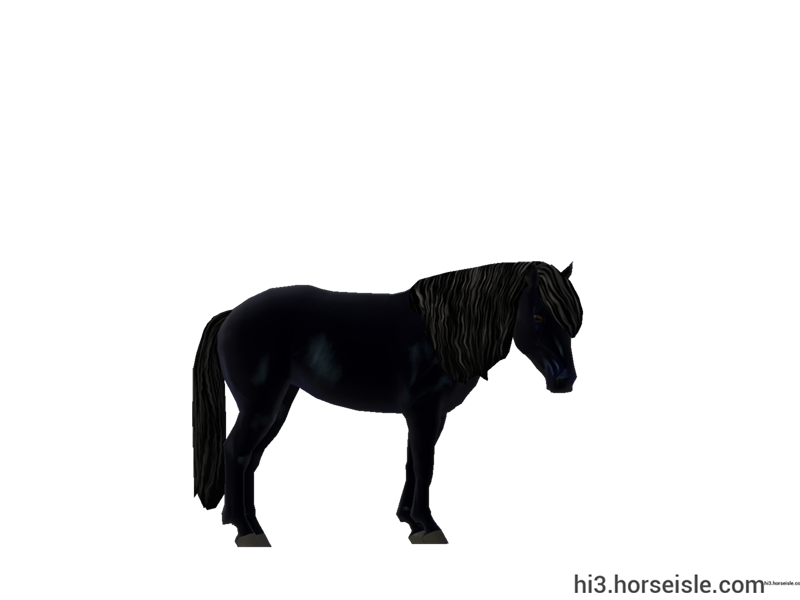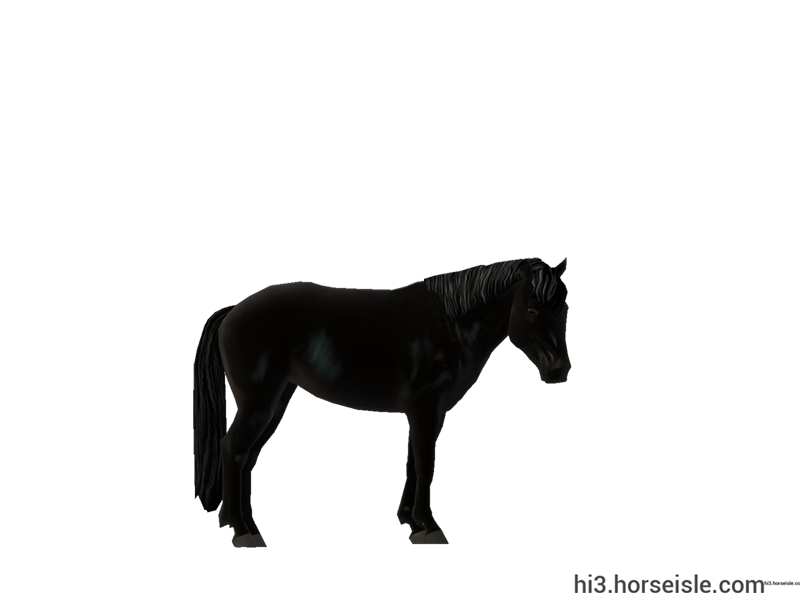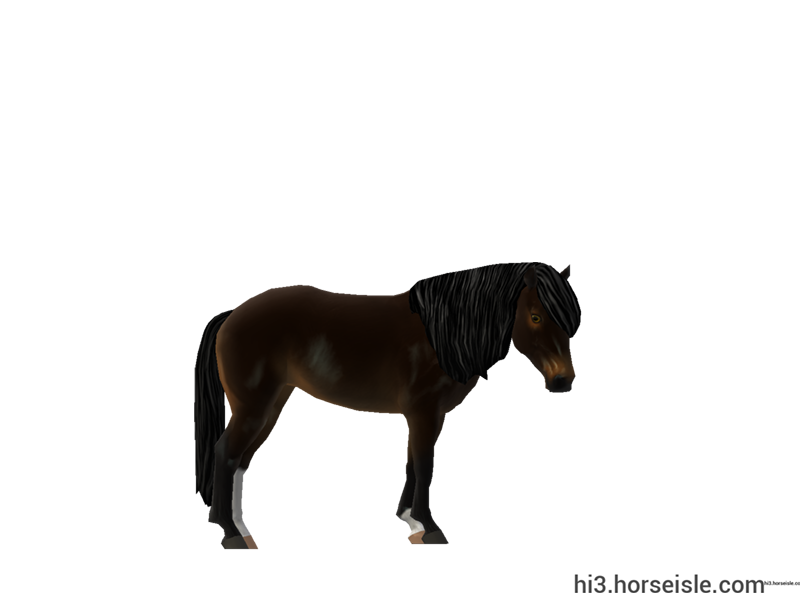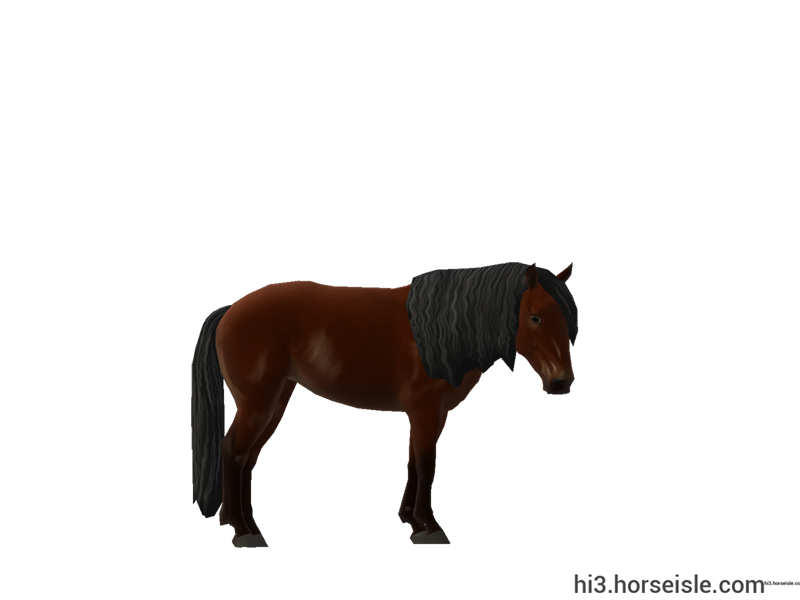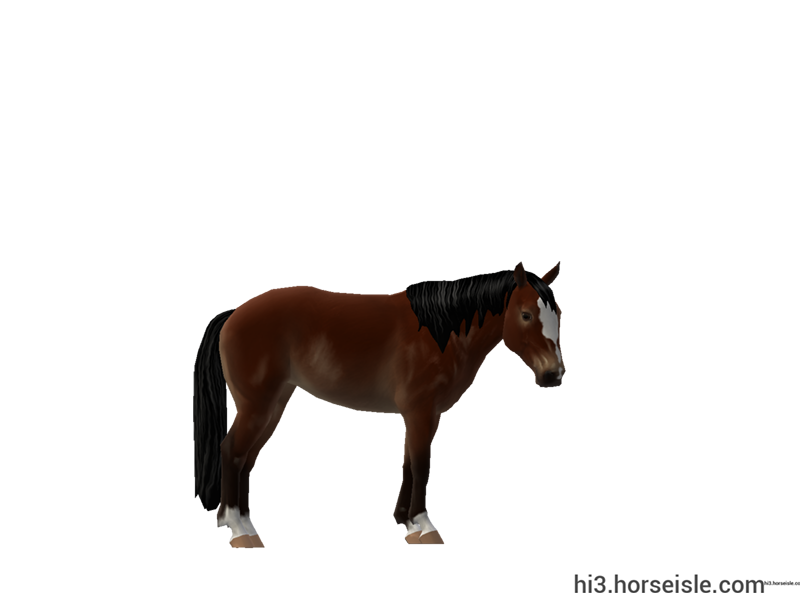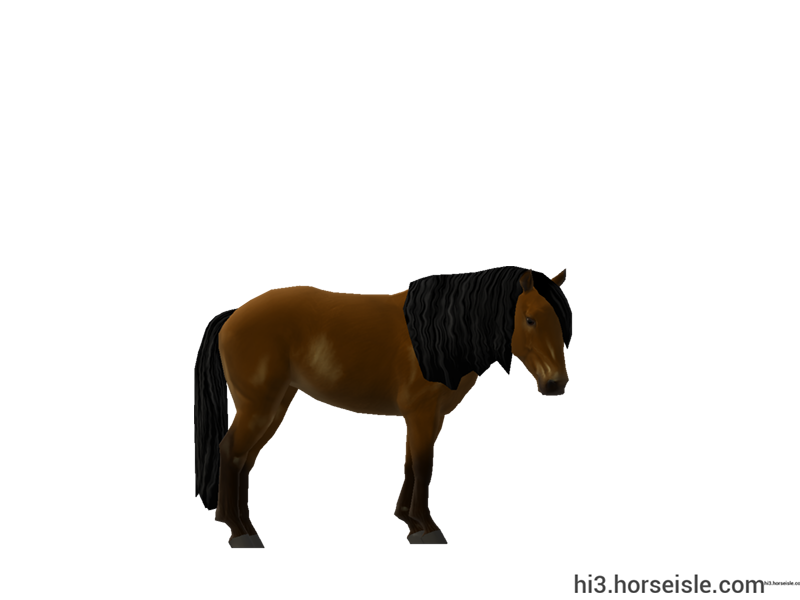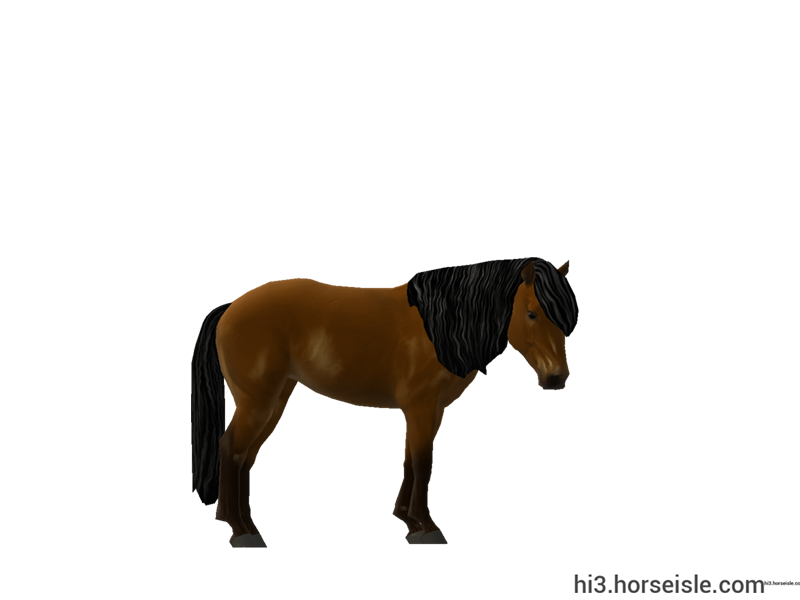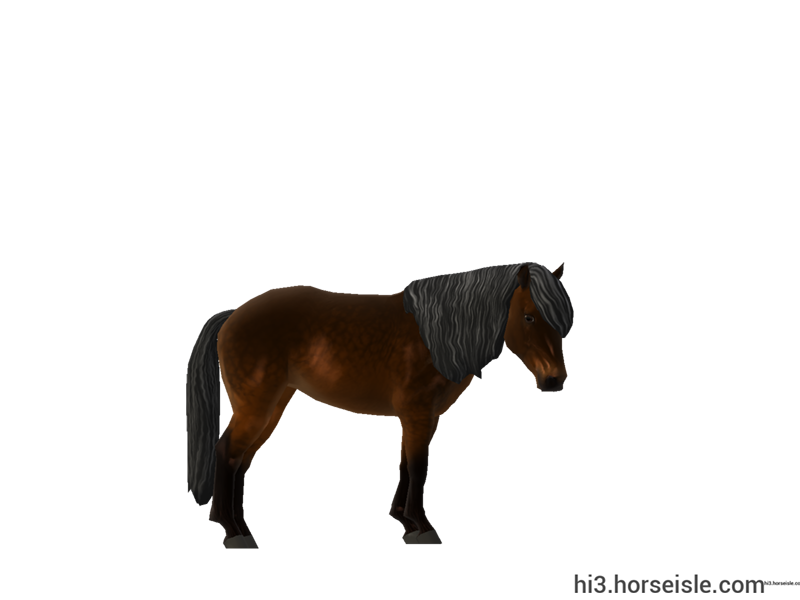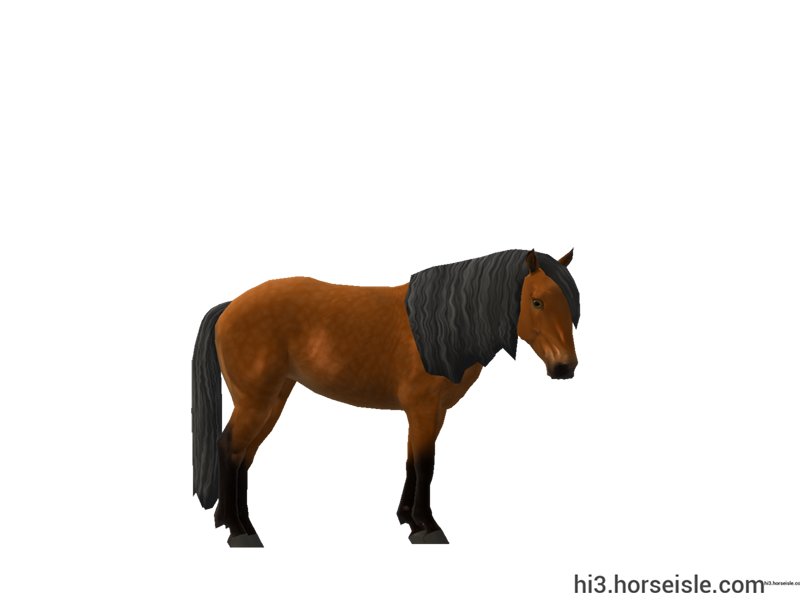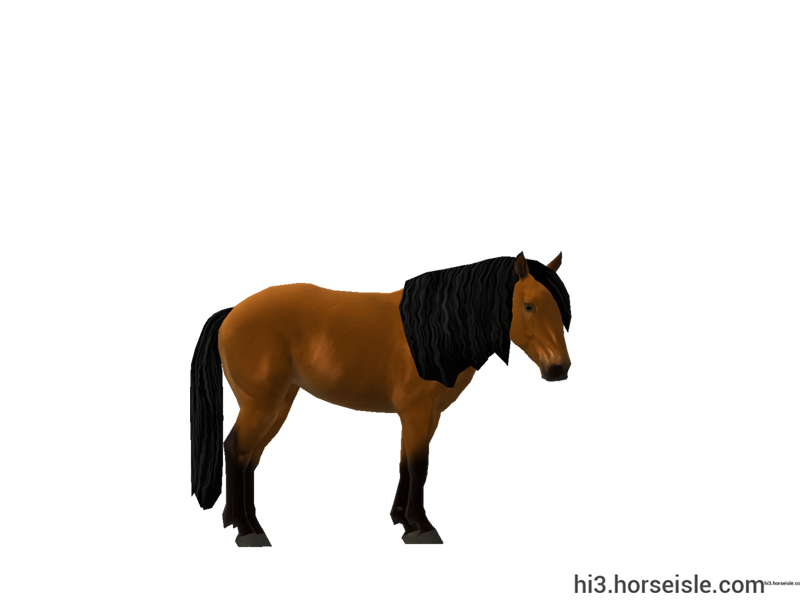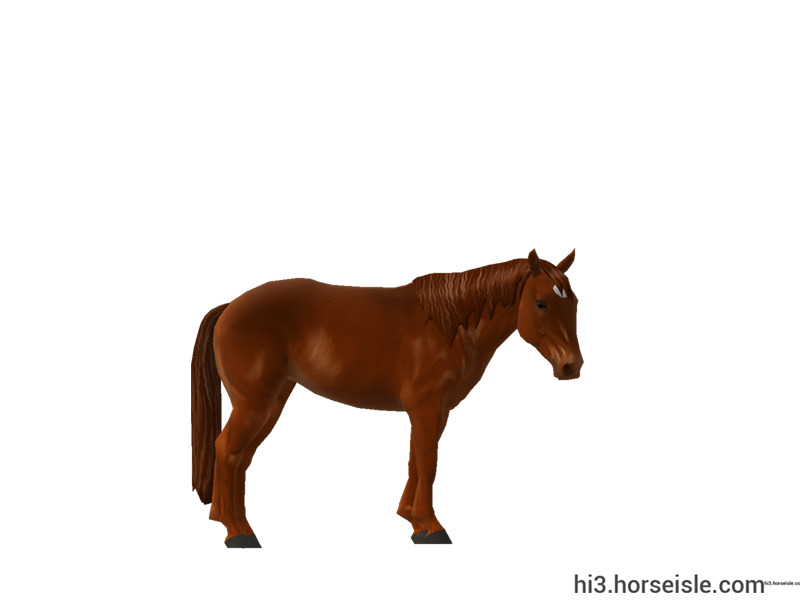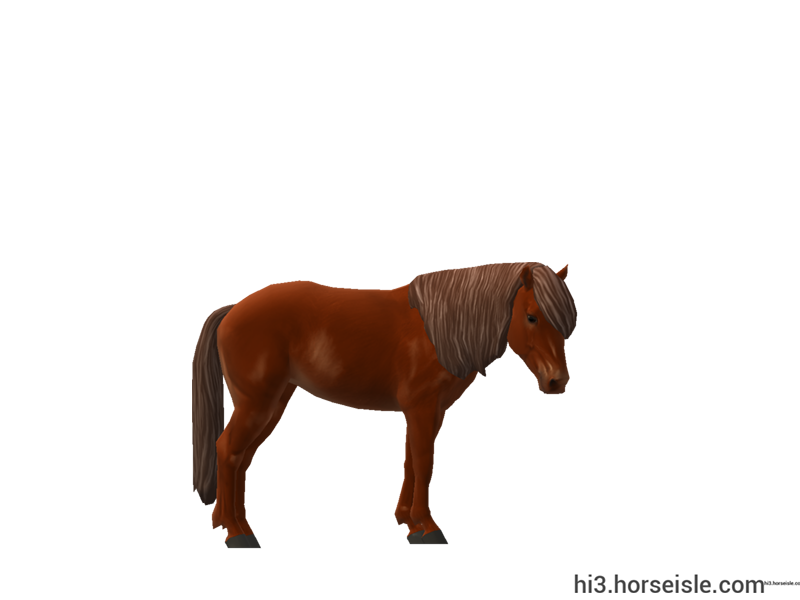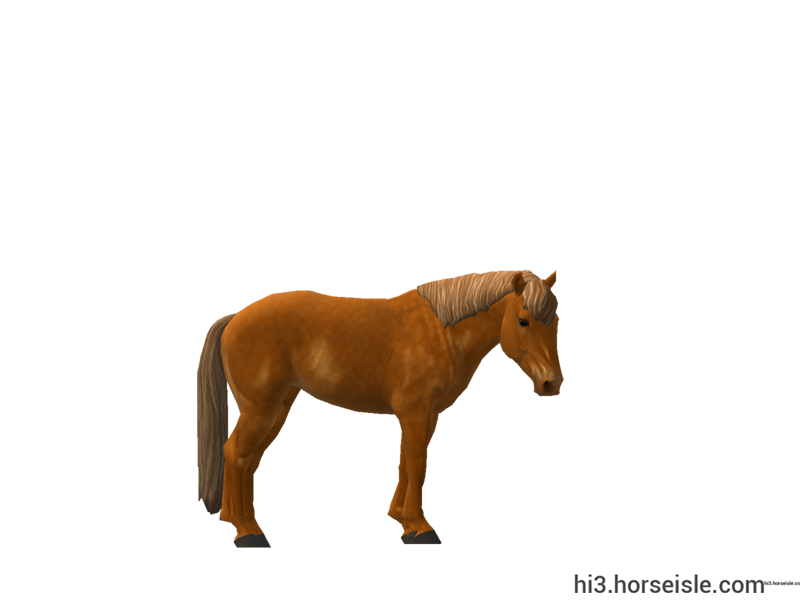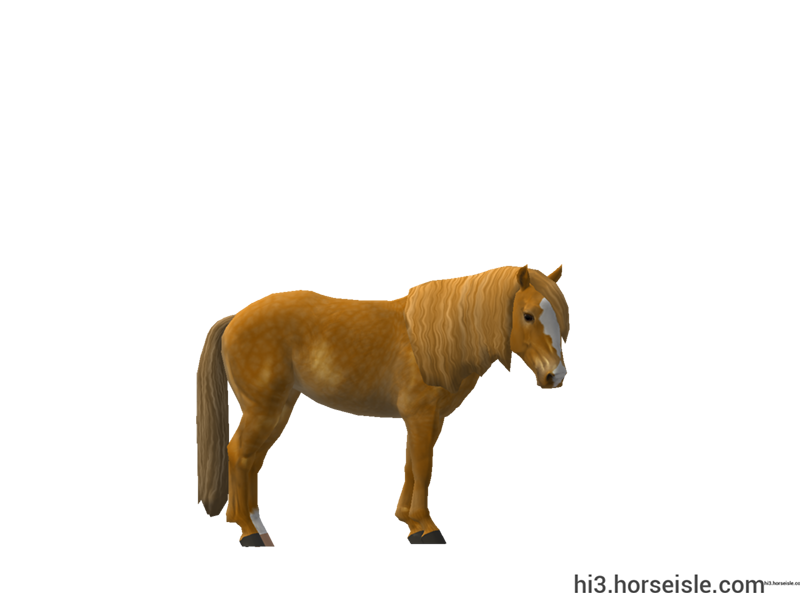Our Massive Real World Equine Reference!
[ INDEX ] Equine Type: Horse Breed: Sable Island Horse (Sable) [ PREV ] [ NEXT ]
The desolate graveyard:
Today, Sable Island is known as a home for seals and horses. However, many centuries ago, this little island was every sailor's worst nightmare.
Sable Island is located at the stormy crossroad of three major currents: Belle Isle Current, the warm Gulf Current, and the cool Labrador Current. Navigating those currents is difficult, especially in the heavy fog created above them during summertime, which blocks view of the sun and stars, rendering navigation impossible.
Now add a tiny, sandy island that turns invisible in the fog, and you get a recipe for disaster. Ship after ship found their doom on the shore of this desolate island, which was soon nicknamed "the graveyard of the Atlantic".
How did horses get there?
Some of the wrecked ships had horses on board, and that led to the romantic myth that those horses survived the wreck, swam to shore, and flourished as feral horses. In reality, though, not all ships wrecked on the island. Good weather and clear sky made sailing to and from Sable Island a feasible task, and that enabled bringing horses there intentionally.
Many mention the horses brought in 1737 by Andrew Le Mercier as the ancestors of the Sable Island Horse, but there is no proof that they remained around long enough to breed successfully on the island.
What we do know is that, in 1760, an English merchant named Thomas Hancock shipped sixty horses to Sable Island. Originally, those horses belonged to the Acadian people who lived in Nova Scotia, but between the late 1750s and early 1760s they were deported from there.
The Acadians were forced to leave all livestock behind. It is unclear if Hancock bought or stole the horses from them, but in 1760 sixty such Acadian horses ended up on Sable Island. Hancock planned to let them breed and sell them for extra income, but he didn't live long enough to see the fruits of his scheme. He died in 1764.
Surviving on Sable Island:
'Acadian' horses were a mix of European, mainly French, breeds, none of which particularly adapted for life on Sable Island. Only those who managed to survive long enough continued breeding, giving birth to offspring who were better adapted to life on the island.
Gradually, the horses grew smaller, and over the next decades, shaped by the rough conditions on the island, the Sable Island Horse was born. Its small size allowed it to remain warm even during stormy days, and allowed it to be content with the little vegetation that the island had to offer during winters.
The small horses learned how to dig in the sand for freshwater, and how to find shelter from the wind between the local sand dunes. They also developed the ability to travel easily up and down the sandy dune, and to eat water plants that grow on the water by the shore.
Hardships:
Still, many horses don't survive for long, with their average lifespan being between 5 to 10 years (vs. 25-30 years in captivity). Most die of starvation, but not due to lack of greenery.
Many Sable Island Horses host parasites who consume most of the food that enters their intestine. Others grind their teeth too fast on the sand that covers the vegetation and are left without the ability to chew.
Sand colic is also a major concern, as sand accumulates in the horse's digestive system and interferes with proper digestion. Hooves that are overgrown or grow in bad angles hinder the horse's ability to travel effectively on the sand from one feeding ground to the next.
Seals are the secret:
Young horses, however, survive well on the vegetation that the island has to offer. That, thanks to grey seals.
Sable Island is the breeding ground of thousands of seals. Those seals produce natural waste that fertilizes the island and promotes the growth of vegetation. The horses eat to their heart content, storing enough fat to withstand the winter months when the island lacks greenery.
Sable Island Horse today:
Originally, during the 19th century and early 20th century, stallions of different breeds, primarily Canadian, were brought to the island to breed with the little horses. In parallel, Sable horses worked in the lifesaving stations erected on the island, or were taken to be auctioned in Halifax.
Because of the horses' low value, those auctions were eventually abandoned, although horses were still removed from the island to be slaughtered. That led to an outcry in Canada in 1960, resulting in the government declaring Sable Island Horses to be protected by law.
Today, Sable Island is one of Canada's wildlife parks, and the horses roam there without intervention. While tourists are welcome to apply for a special permit to visit the island and watch the horses, it is forbidden to directly interact with them.
Conformation:
Sable Island Horses have small, compact bodies with the proportions of a horse, hence why they are regarded as 'horses' rather than 'ponies' despite their short height. The head is large and wide, the neck and back are short, the withers are low, the croup is sloping, and the legs are sturdy.
The mane and tail can grow extremely long and be wavy. The legs have light feathering.
Performance metrics:
The following are the: range, average, (SD), and MOE of performance metrics of ordered Sable Island Horses in Horse Isle (not bred ones). In rare cases, horses might have metrics outside of the range. Breeders can produce horses that are beyond this range.
Speed: 13.2-14.4, 13.8 (0.3), 0.05.
Sprint: 31-42, 36 (2), 0.48.
Accel: 0.76-0.93, 0.84 (0.04), 0.01.
Decel: 0.75-0.91, 0.83 (0.03), 0.01.
Jump: 4.68-4.91, 4.79 (0.05), 0.01.
Pull: 1.76-2.32, 2.04 (0.11), 0.02.
Turning: 40.95-53.84, 48.37 (2.84), 0.56.
Reverse: 2.4-2.9, 2.6 (0.1), 0.02.
Stamina: 53.65-57.39, 55.62 (0.79), 0.15.
Reaction: 0.61-0.74, 0.68 (0.03), 0.01.
Coats & Height:
Colors: bay, black, brown, and chestnut.
Additionals: flaxen, sooty, mealy, dark mane & tail, grey mane & tail*. Large markings are uncommon but occur, including stockings and blazes.
* many Sable Island Horses have manes and tails that are lighter than their body and have a tan shade to them. In Horse Isle, this type of 'dilution' doesn't exist, but Sable Island Horses can have lighter manes and tails that have a greyish tone to them.
Height: 13hh to 14hh.
[ INDEX ] [ PREV ] [ NEXT ]

